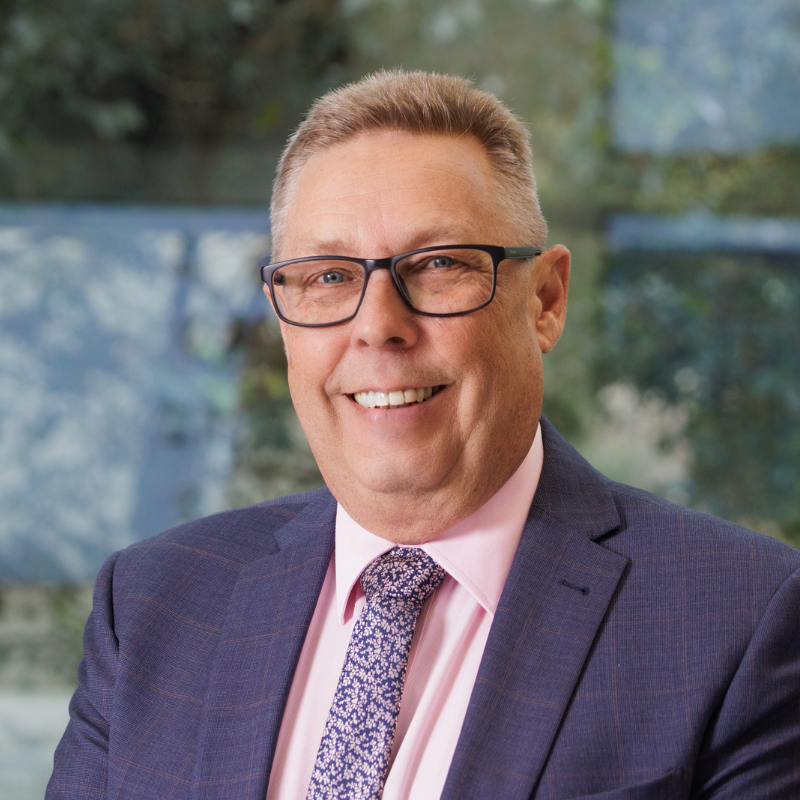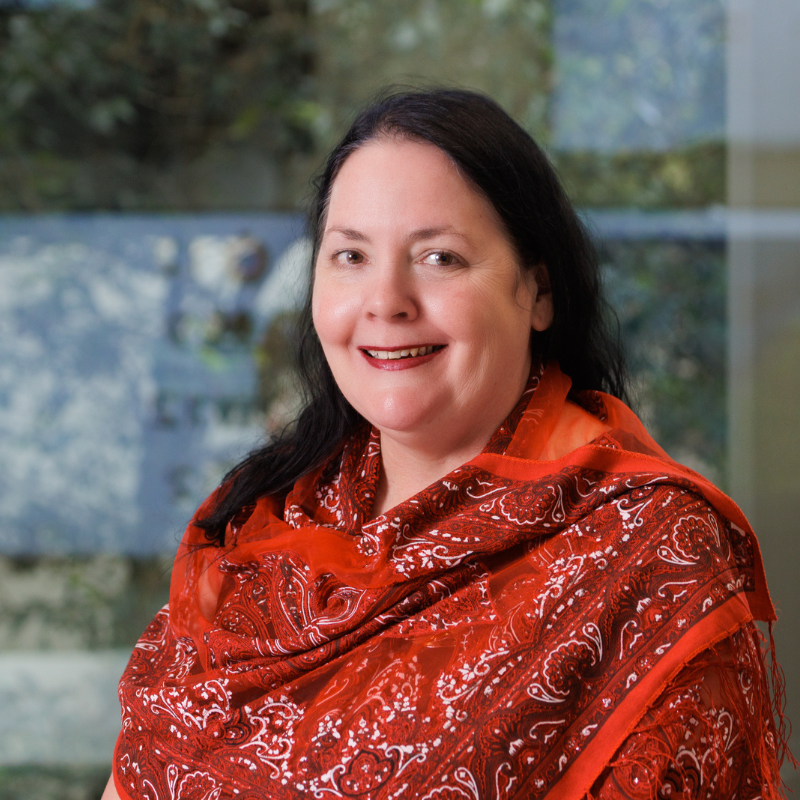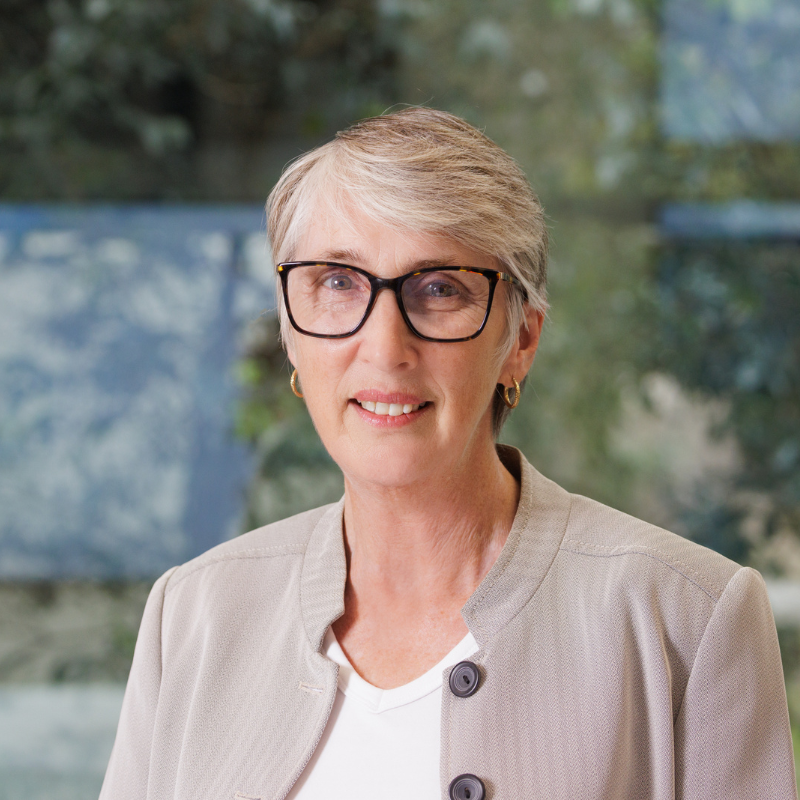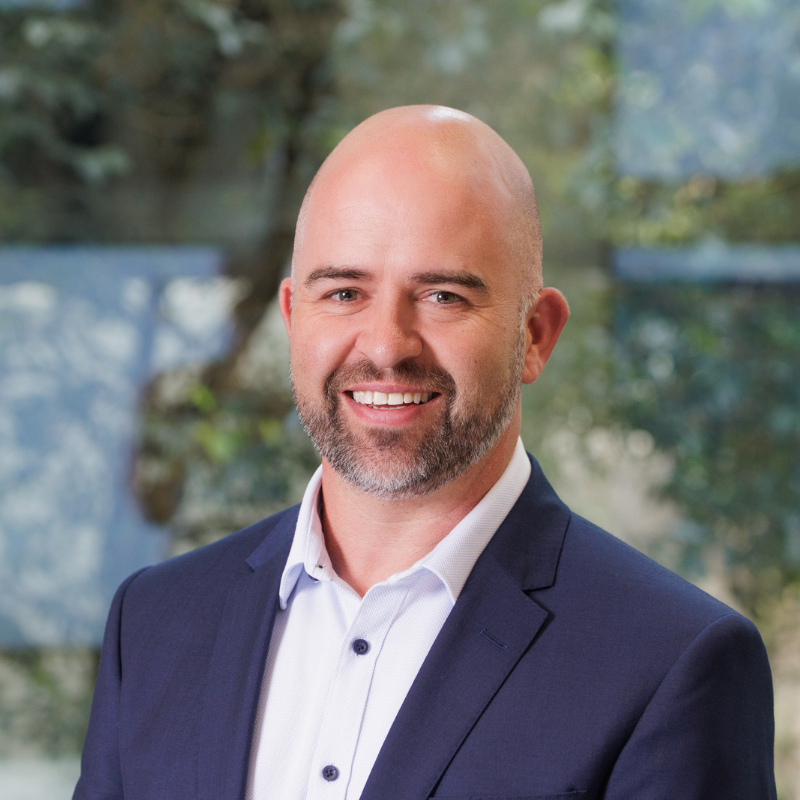Disasters impact people and their communities
As we scramble from one disaster to the next it can be hard to catch our breath and take stock. But now, more than ever, we need to rethink how we think about 'disaster management', which is so much more than 'managing disasters'.
The Royal Commission into National Natural Disaster Arrangements is clear that, “the arrangements Australians deserve require unity.” So, regardless of our discipline or expertise, it’s the cumulative effect of all of our efforts that change how people feel, none of us hold the single key.
In this article, Griffith University’s Disaster Management Network leadership team outlines their unique insights into supporting decision makers with knowledge and networks, in the right time and in the right place. Each expert draws on their disciplinary context spanning Sciences, Health, Business and Arts Education and Law, to reflect on what matters in these increasingly complex and extreme events. Collectively, their approach puts people firmly in the centre of contemporary disaster management.
Professor Iain MacKenzie
Professor of Practice in Disaster Management, Cities Research Institute
Thinking 'before - during - after'
It's time to challenge the traditional thinking of ‘Prevent – Prepare – Respond – Recover’ (PPRR) and question whether using this approach risks compartmentalised thinking and planning.
A more collaborative approach focussing on ‘before’, ‘during’ and ‘after’ events is needed. Such a shift in thinking allows for greater integration of effort, facilitates broader thinking, and enables a better social outcome through improved policy.
In a recovery sense, there are already generally accepted recovery activities that focus effort on human, social and cultural issues (people), the economy, the environment, physical infrastructure, and supply chains. A system that allows coordination of key community functions and delivers clear community outcomes.
Yet, in other aspects of the PPRR spectrum, thinking is focussed on physical mitigation strategies, hazard impacts and planning and testing response protocols. This often results in strategies to protect what already exists, rather than addressing the harder question of what should exist into the future.
We think that ‘unprecedented’, cannot be an excuse for lack of prediction and planning and that the United Nations Strategy for Disaster Reduction (UNISDR) direction of, “avoiding or reducing future disaster risk” needs to be the centre piece of policy formulation regardless of the discipline.
Understanding the full consequences of future events and not simply being able to count or even predict their impacts is critical in designing, implementing, and monitoring the effectiveness of future disaster risk reduction (‘DRR’) strategies. It cannot be the remit of any one government, agency, organisation, or researcher, it needs to be a joined-up effort.
In this ever-changing environment that presents new and expanding climate risks, it is vital to bring experts together that appreciate the need for an interdisciplinary approach that focuses on meeting the needs of those at the centre of this system, the people.
Communicating matters
People contribute to the creation of disasters, natural or otherwise, but they can also play a significant role in preparing for and responding to them. When you think about the type of people who work in disaster management you might immediately think of health workers and first responders, and perhaps the military.
And while these people play a pivotal role, especially in the immediate media-saturated aftermath, you might be surprised to realise that those from the Humanities also play a crucial role across all phases of disaster management including mitigation, planning, preparation, response and recovery.
Those with skills in the Humanities put people at the centre of their investigations into disaster management. For example, social scientists shed light on human behaviour and can help people change the way they respond and react. Communication experts understand how people engage with, comprehend and act on official messages while aiding officials to communicate clearly and efficiently. Educators help teach the community about events that stretch and stress them, and can help younger people make sense of troubling times. Historians understand how the past, and that informs current and future responses to disasters. Lawyers help identify the legal systems and processes that people managing these events need to be aware of and use.
The skills required to support individuals, communities and regions are diverse. A more holistic approach, one that embraces the Humanities, is a people-centred approach, which also accounts for where people are and their particular circumstances. Incorporating Humanities skills and knowledge into disaster management not only saves lives, but greatly enhances the recovery and long-term prospects of those facing disasters for the first time or in succession.
Professor Jacqueline Ewart
Arts, Education and Law Group (AEL)
School of Humanities, Languages and Social Science
Dr Nancy Spencer
Executive in Residence
Griffith Business School (GBS)
Disasters and mental health
A person's mental health will invariably be affected in some way by a disaster. Employers, community organisations and governments all have a role to play in mitigating adverse mental health outcomes.
A disaster can bring about a change in mental health or it can compound a pre-existing condition. It can compound issues by the stressors of changed arrangements of day-to-day routines and lack of essential services.
Employers have an obligation to consider the mental health impacts of disasters on their employees, and need to factor support in response to a disaster. This might be through formal employee support services or through additional leave to enable families to sort out interim care arrangements. Longer term, employees should monitor employees for the longer term impacts of compounding events in their employees’ lives: events such as a car being damaged or shortage of a particular food might bring back past trauma. The implementation of disaster risk reduction strategies can reduce the impacts on employees and contribute to staff wellbeing and retention.
Each community and its community organisations also have obligations to promote individual preparedness and community resilience. The circular economy and small community development opportunities can make huge differences in building the social capital required to reduce the impacts of disasters on a person's mental.
Governments, too, have additional obligations: to protect their citizens and to tailor their policy responses to support the most vulnerable. Co-design of programs, safety standards and messaging, disaster relief policies and coordinating disaster responses, all with an eye on mental health, is foundational in implementing disaster risk reduction strategies.
Understanding the complexity of disasters and the impact they have on a person's (and a community's) mental health is a key component of sensitive, humane and effective disaster management.
Self-sufficiency and health system resilience
On any given day, Australia's health system is fragile. This fragility is partially attributed to year-on-year increasing patient presentations, complexity in care requirements, and challenges in having adequate staffing to maintain normal operational capacity. When a disaster occurs, the fragility of our health system is stretched beyond capacity and capability to adequately care for those affected by a disaster and those in the community that continue to have urgent and emergency health needs. Beyond emergency related needs, the health and wellbeing of individuals and communities extends beyond the initial impact of a disaster, to include the ongoing need for community, pharmacological, environmental health, public health, and mental health support.
The disruption caused by disasters and fragility of health systems results in people being displaced from healthcare at an individual, community, and cultural perspective. While it may seem counterintuitive, those individuals, communities or cultures traditionally considered vulnerable may in fact be more resilient for their health needs during and following a disaster. They know how to support their hierarchy of needs, such as where to find shelter and food. As such, these individuals, communities, and cultures should be considered ‘priority populations’ to learn from for ways of being resilient from a health perspective, during and following a disaster.
The complexity and array of health needs during and following a disaster mean that solutions are best conceived using a multidisciplinary approach. The existing silos of health delivery are no longer effective in providing care during these times. Educating communities to be self-sufficient in times of disasters is important for health system resilience. Similarly, further research in understanding the interplay within health system complexities and the relationship of health systems to other government, communication, and sciences systems will be high on the agenda moving forward.
Associate Professor Jamie Ranse
Health Group
School of Nursing and Midwifery
Professor Cheryl Desha
Sciences Group
School of Engineering and Built Environment
Reducing disaster risk and consequences
I regularly hear people comment that ‘disasters’ don’t happen if no people are involved in a disruption, to put boundaries around ‘disaster management’. The IPCC’s AR6 Synthesis Report points us to the reality that environmental disruptions in ‘far-away’ locations still matter, due to the essential (water, air and food, temperature regulation) services that ecosystems provide – from rainforests, through to rivers, reefs, mangroves and oceans. For communities to thrive economically and culturally, professional practitioners and leaders must engage in stewardship activities that look after their community’s local environment, and also places that those communities may not have seen or visited – upstream and downstream, in the next catchment, inland and beyond our borders.
Fundamental to stewardship at this scale is having a common appreciation of risks, a common commitment to keeping people safe, and a common language to deliver programs of work that make a difference. This must embed the expertise of a multitude of professions arising from a diversity of ‘Sciences’ disciplines such as architecture, biology, construction management, design, ecology, engineering, planning, and surveying.
From a Sciences perspective, key to disaster management is reducing future risk, which is well documented through the United Nations’ Sendai Framework for Disaster Risk Reduction. The framework, which is emulated in the Australian National Disaster Risk Reduction Framework includes a common language of four priorities that enable both short-term to-to lists for responding to disaster impacts on the built-environment (e.g., human and non-human safety, and essential services), and longer-term to-do lists that address future disruptions.
Within the longer-term to-do lists, it is essential to pursue two ‘mitigation’ agendas enthusiastically:
- works that reduce (ameliorate) future risk for physical infrastructure (e.g., through levees, dams, buildings) and social infrastructure (e.g., through better evacuation planning), and
- works that address the ‘left-over’ residual risk, including reducing potential ‘impacts’ (e.g., refurbishment, replacement or relocation) and ‘consequences’ (e.g., long-term viability of infrastructure services).
Whether it’s floods, fires, pandemics, plagues or cyclones, their consequences affect people, directly and indirectly. How we think about how our actions before, during and after events will help people be ready for, and navigate these consequences. We recognise the urgent need for an interdisciplinary approach to disaster management, which enables a people-centred focus to influence outcomes that will deliver for all Australians.
Disaster Management Network
Griffith University's applied interdisciplinary research tackles some of the world's most pressing challenges, delivering tailored decision-support solutions to help communities successfully manage threats from bushfires, extreme weather events, including floods and heatwaves, water security and the COVID-19 pandemic. The University's state-of-the-art facility on Nathan campus ‘N79’ is designed to enable improved disaster management and resilience decision support for research and scenario planning, as well as activation training for disaster response and recovery.
Professional Learning Hub
The above article is part of Griffith University’s Professional Learning Hub’s Thought Leadership series.
The Professional Learning Hub is Griffith University’s platform for professional learning and executive education. Our tailored professional learning focuses on the issues that are important to you and your team. Bringing together the expertise of Griffith University’s academics and research centres, our professional learning is designed to deliver creative solutions for the workplace of tomorrow. Whether you are looking for opportunities for yourself, or your team we have you covered.




